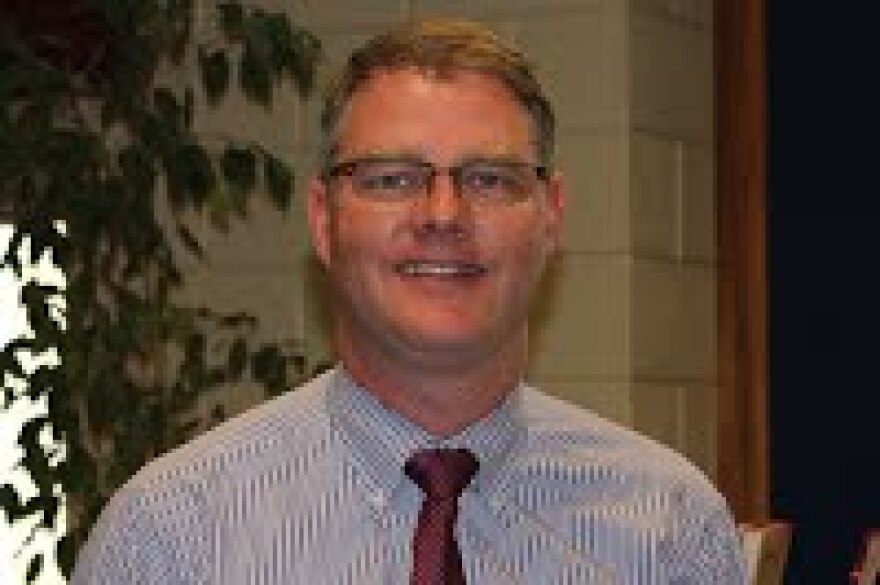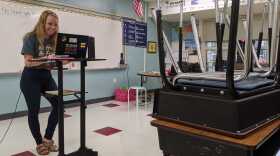About 50 public school districts in North Carolina are returning this week with at least some in-person instruction. That's about one third of all the state's students, mostly in rural areas.

Helen Gross is the principal of Swansboro High School, on North Carolina's Crystal Coast. She says her district got a taste of how school might go during a pandemic when they conducted summer programs at the high school and elementary schools.
"It was really great, we had no issues, we were very fortunate, we didn’t have any outbreaks, no positive cases," Gross said. "And it gave us an opportunity as a school staff to kind of do that trial run for more students returning."
The real thing started Monday.
"And so I feel pretty confident that we are going to be able to do this," Gross said. "Now, of course, there are going to be positive cases because people are living their lives. I feel like the safety piece in the classroom, we’ve got it handled in the school. But students leave schools and they go on with their normal lives, and they’re hanging out with their friends and going to slumber parties, and, you know, being normal teenagers so the risk for exposure is there."
In school, Swansboro High is mitigating that risk by spacing out students in the classrooms, wearing masks, and only having half of the students in school at a time.
"My worries would only be logistically," Gross said. "Like, are they truly going to stand six feet apart?"
Students are likely to feel challenged by the changes. The schedules for most of the schools on Plan B are the same: Different groups of students are in class for two days a week each, Wednesday is a cleaning day, and the other days are online. There will also be coordinated transitions between classrooms and daily temperature checks.

All of that creates special burdens on teachers.
"Allowing teachers to teach a full regular load and then to add remote students on top of that is not ideal," says David Allen, the Principal of Shelby High School in Cleveland County, west of Charlotte.
He says that teaching in-person, and also remotely, puts a lot of pressure on teachers.
"It's not like you're creating a schedule from scratch," Allen said. "You're taking a schedule that's already created and having to do things to it that it was not made to do."
Principals and teachers across the board say they expect to continue to find solutions to the many challenges ahead.









